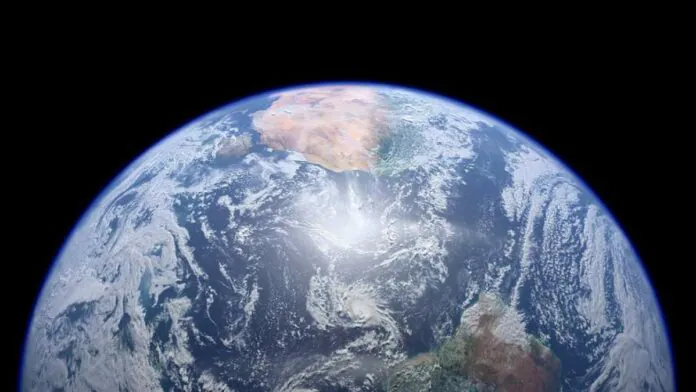© ROOT-NATION.com - Use of content is permitted with a backlink.
A new study predicts that millions of tons of highly reactive chemicals called hydrotrioxides can form and remain in the atmosphere for hours, which can have consequences for human health and global climate.
Chemicals interact with other compounds very quickly, and their presence means that chemists will have to rethink how processes in the atmosphere work in general.
Hydrotrioxides, chemical compounds containing a hydrogen atom and three oxygen atoms, have long been thought to be too unstable to last long in the atmosphere.
But instead, new research shows that hydrotrioxides are a regular product of many common chemical reactions and that they can remain stable enough to react with other compounds in the atmosphere.
“We showed that the lifetime of one of them was at least 20 minutes,” Henrik Grum Kjærgaard, a chemist at the University of Copenhagen, told Live Science. “So that’s long enough for them to do stuff in the atmosphere.”
The discovery doesn’t mean that something new is happening in the atmosphere, most likely that hydrotrioxides have always formed here. But the new study is the first time the existence of these ultra-reactive chemicals in the atmosphere has been confirmed.

Scientists estimate that about 11 million tons of hydrotrioxides are formed in the atmosphere each year due to one of the most common reactions: oxidation of isoprene, a substance produced by many plants and animals and is a major component of natural rubber.
Researchers estimate that about 1% of isoprene released into the atmosphere produces hydrotrioxides and that they are produced from these reactions in very low concentrations – about 10 million hydrotrioxide molecules per cubic centimeter of atmosphere, which is only a very weak trace.
“We are super-happy that we were able to show that [hydrotrioxides] are there and that they are living long enough to be — most likely — important in the atmosphere,” said study lead author Torsten Berndt, an atmospheric chemist at the Leibniz Institute for Tropospheric Research (TROPOS) in Leipzig, Germany.
Berndt and colleagues used very sensitive mass spectrometry to detect ultrareactable hydrotrioxides, a method that can determine the molecular weight of chemicals to determine which atoms they are made of. The research also used the results of experiments in the atmospheric chamber of the California Institute of Technology in Pasadena.
According to Berndt, now that their research has confirmed that hydrotrioxides are formed as a result of normal chemical reactions in the atmosphere, scientists will study how compounds can affect human health and the environment within minutes or hours of activity before decomposing.
You can also help Ukraine fight with Russian occupants via Savelife or via an official page of the National Bank of Ukraine.
Read also:
- A new NASA spectrometer aboard the ISS will study dust in the Earth’s atmosphere
- Magnetic waves across Earth’s outer core were revealed


